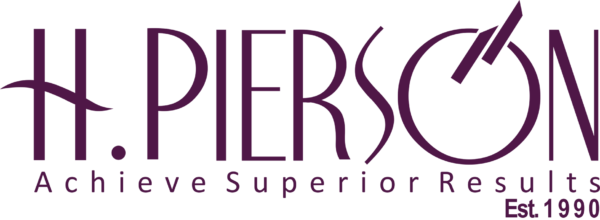November 19, 2025 Strategy
For the first time in a long time, Nigeria’s local governments are moving closer to the level of autonomy the Constitution always imagined for them. With direct allocations becoming harder to block and citizens paying closer attention, council chairmen are no longer just extensions of state governments, they are becoming visible owners of grassroots outcomes.
But autonomy is not the finish line. It is the moment the excuses run out.
What we have seen, supporting governments across Nigeria and Africa, is simple: when more money meets weak strategy, the result is not transformation. It is a faster waste. In an autonomy era, the real differentiator will not be “who received funds”; it will be “who had a strategy and an execution model.”
2026 Is a Different Operating Year for LGAs
By 2026, three forces will be colliding at the local level:
- more predictable inflows to councils;
- higher citizen expectations fueled by social media and community platforms;
- and continued state–LGA tension over who really controls development priorities.
That means chairmen and council managers who continue to run LGAs on a project-by-project basis will struggle. Those who run them on a strategy-and-delivery basis will stand out quickly.
The Real Risk: Autonomy Can Decentralise Failure
Autonomy, on its own, does not improve roads, water, markets, or clinics. It only shifts the point of responsibility. If a council that previously struggled with planning, budgeting discipline, or project supervision suddenly has more freedom, it may simply multiply the same problems at a larger scale.
That is why we say: autonomy without strategy is decentralised failure.
A strategy-led council, on the other hand, is clear on four things:
- where it must be by a fixed horizon (for example, 2029);
- which 1–2 citizen outcomes matter most in its local context;
- how spending will be concentrated to achieve those outcomes;
- and how performance will be monitored and communicated.
What the Global Examples Actually Teach
Kenya’s Makueni story is often quoted, but the real lesson is not that they had devolution. The lesson is that they chose a flagship, built citizen buy-in for it, and protected it from being derailed by other demands. One scheme, clearly explained, consistently funded, now serving hundreds of thousands — that is strategy at local level, not theory.
Malaysia’s performance-based budgeting tells a similar story. Local authorities linked allocations to basic service metrics and published reports. Departments knew they would be reviewed. Autonomy, in that context, was tied to accountability, not just authority.
Both examples tell Nigerian LGAs something important for 2026: the winners will be those that focus, prioritise, and report. Not those that try to do everything.
What a Strategy-Led Nigerian LGA Looks Like in 2026
A council that wants to lead in this new phase will organise itself differently:
- It will concentrate about 70% of its capital spent on two flagship priorities, for example, local job creation through markets/SME infrastructure, and primary healthcare/PHC renewal. This is how you create visibility and political legitimacy.
- It will run a Local Performance Dashboard, nothing complex, just monthly IGR, top five projects, and citizen service issues, shared on WhatsApp, council noticeboards, and with the state. Transparency builds trust.
- It will introduce performance contracts for heads of department, short documents that state what will be delivered this quarter, then reviewed in public or in executive session. This is how you convert strategy into behaviour.
- It will keep citizens in the loop; every completed project should have a date, cost, and owner. Autonomy will fail if citizens cannot see the difference.
This is not bureaucracy. This is what turns money into outcomes.
Where H. Pierson Associates Adds Value
Most LGAs know what their people are asking for. The gap is usually not ideal; it is systems and structure.
Our approach helps a council leadership team to:
- translate a political mandate into a 3–4-year council strategy;
- align departments so that education, works, health, environment and finance are not pulling in different directions;
- establish a quarterly strategy clinic so that issues of procurement delay, contractor performance, and revenue leakages are dealt with on time, not at the end of the year;
- and, where useful, digitise monitoring so that reports are not trapped in files.
The point is not to produce another long document. The point is to build a repeatable way of deciding, funding, executing, and reporting.
Why the Language Must Be Strategy, Not Projects
In 2026, most councils will receive roughly similar federal inflows. Most people will face similar political pressures. Most will have similar infrastructure gaps. The only real advantage will be leadership teams that can say:
- “This is the 2026–2029 direction.”
- “This is what we will not do.”
- “This is how we will track ourselves.”
- “This is how we will show our people.”
That is a strategy. And it is the only thing that makes autonomy meaningful.
Before you close your 2026 budget discussions, share this piece with your vice chairman, council manager, treasurer, and two key heads of department. Ask one question: are we spending to be seen, or are we spending to deliver? Getting everyone to see the same problem is half the work.





